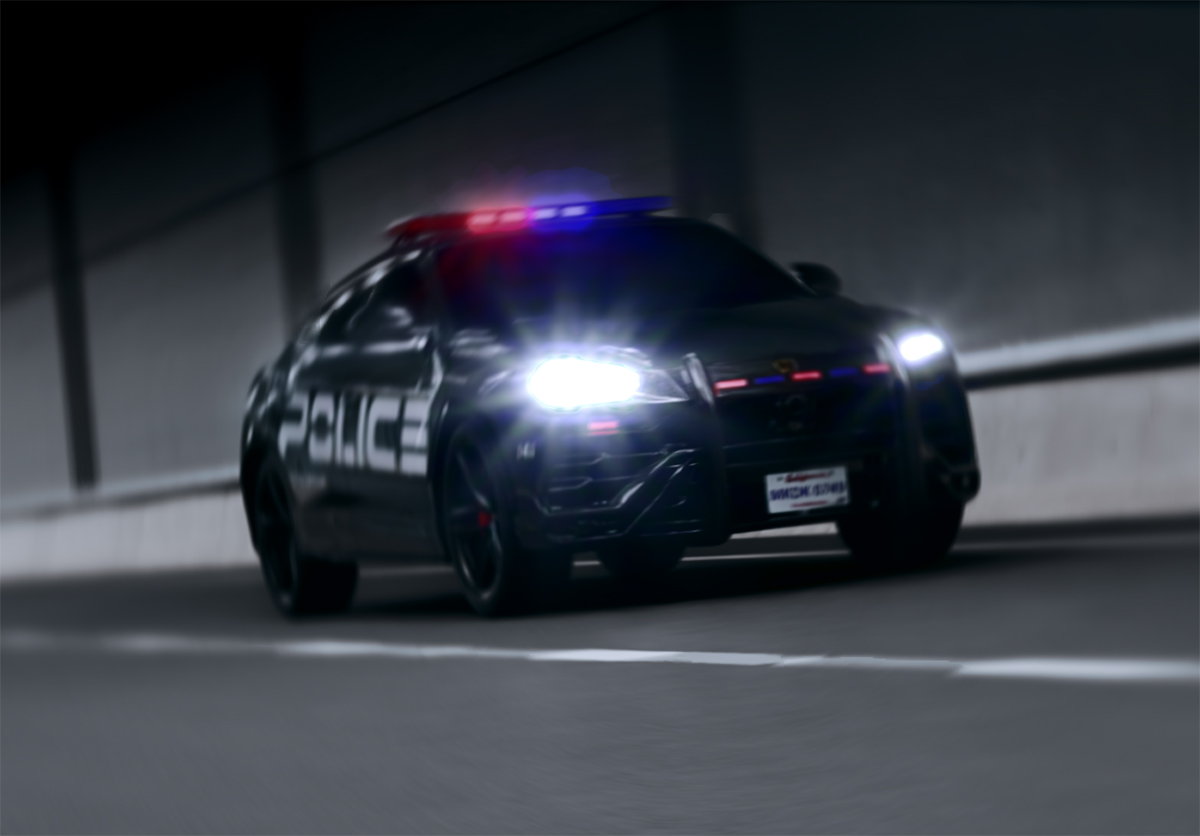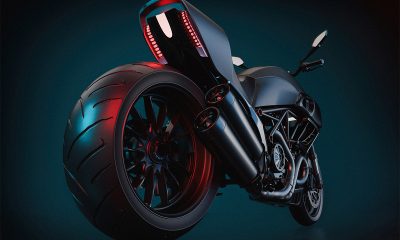Applications
Emergency vehicle warning lights are used to attract the attention of other road users to the presence or approaching of an emergency vehicle, thereby conveying to them the urgent nature of a response, providing warning of a hazard when stationary, or in the case of law enforcement, signaling a civilian driver to pull over.
Warning lights are most prominently found on police vehicles, fire service vehicles, ambulances, and other special-purpose vehicles which are publicly owned and operated by or for a government agency to protect and preserve life and property in line with government or state laws regulating emergency vehicles. Warning lights may also be permitted or required to be installed on authorized service vehicles such as highway or traffic maintenance vehicles, public utility vehicles, pilot/escort vehicles, tow trucks, or other vehicles having a public service function. Other vehicles may apply for the permission of using warning lights in special situations. These vehicles include agricultural machines and tractors intended to be used on a highway at night and vehicles which perform most of their activities on a hazardous site.
Light color
As an established coding dimension, the colors of light emitted by warning lights on specific types of emergency vehicles reflect the restrictions imposed by related regulations and determine the legibility of vehicle uses. Although there is a deficit of consistency on warning light colors that are used on specific types of emergency vehicles in different countries, the variation is not significant.
Red, which is universally construed as meaning “danger” or “emergency”, is the most common color used in the U.S. and many other countries to denote an emergency vehicle. Red light is more visible in the daytime and penetrates thick fog and haze better than other colored light with equal effective intensity. Emergency warning lights on police, fire, and EMS vehicles frequently use red flashing lights to draw attention to their presence and most other none-emergency-service vehicles are prohibited from displaying warning signals in red.
Blue which conveys slightly more hazardous conditions often serve as a contrasting color with red and/or other colors on all types of emergency vehicles. Amber (yellow) lights are used as stationary warning lights on vehicles such as highway maintenance and service equipment to warn of work in progress or where an accident has occurred. Simultaneous amber and blue warning lights are used on vehicles designed for snow and ice removal, responding to or parked at an incident, indicating a mobile operation of equipment moving at an average speed that is either less than 3 MPH, or a minimum of 30 MPH below the posted speed of traffic on a roadway.
White is typically used as a contrasting color to other colors of warning lights used on an emergency vehicle. No emergency vehicle should use only white lights to convey the intent of the vehicle.
Intensity, contrast and dynamics
Emergency vehicle warning lights catch people’s attention typically by creating flashing sensations. In addition to color differentiations, the ability of an emergency vehicle to draw attention to its presence, even when other drivers and pedestrians are not actively looking for it, depends on various other factors which include the effective intensity, contrast, flash frequency, flash duration, duty cycle, angular dimensions of the beam, number and spatial arrangement of the lights, and apparent motion.
The most important factor in determining the conspicuity of a warning light is its effective intensity or the apparent brightness which it appears to have. A minimum intensity level of 2000 cd for white, 1000 cd for amber, 400 cd for red, and 200 cd for blue should be maintained by a vehicle warning light.
There are basically two types of contrast: color contrast and luminance contrast. Color contrast relates to the difference in an object’s color(s) and those found in its background. Luminance contrast refers to the degree to which an object is brighter than its background. As lights with high luminance are more effective at getting attention, and a rapid flash rate gives a stronger sense of urgency to other road users.
The duty cycle refers to the ratio of the time that the warning light is on to the length of the complete flash cycle.
Types of emergency vehicle warning lights
Emergency vehicle warning lights come in various types. A rotating light either uses a steady-burning bulb with a parabolic reflector revolving around the bulb, or has two to four steady-burning bulbs that rotate as an assembly around an electrically driven hub. Rotating lights are among the oldest type of warning lights. They were originally constructed around conventional incandescent and halogen sealed-beam lamps. Fixed flashers create conspicuity by switching a light source on and off. Strobe lights are similar to fixed flashers but can produce an extremely short, brilliant burst of light that is subjectively considered to convey greater urgency.
Also known as xenon beacons, strobe lights operate by using a discharging capacitor to ignite xenon gas inside a tube. In contrast to incandescent and quartz-halogen filament lights which age fast under repeated on/off switching and take some time to reach full incandescence, xenon gas ignites virtually instantaneously so maximum luminance is obtained immediately. Xenon lamps have a lifespan of approximately 5 million flashes. Xenon strobes are best suited to critical safety applications where a high luminous intensity is particularly important.
Lighting technology
Warning lights that take advantage of solid state lighting based on LED technology have become the standard. The nearly instantaneous response of LEDs to changing current allows for a very short ramp time which is defined as the time a light source takes for the light to go from off to fully on. The quicker ramping occurs, the more conspicuous the light. LEDs can provide a high lumen density to create a high luminance contrast. Conventional warning lights require the use of color lenses to produce a solid color.
The intensity of light is drastically reduced as it passes through of the lens. LEDs are inherently monochromatic light sources that appear to emit light having a single color. The desired spectral power distribution (SPD, corresponding to the color of the photon) of the light emitted by LEDs can be tailored by choosing a semiconductor material with the appropriate energy bandgap. The AlInGaP material system is typically used to produce LEDs that emit amber or red light. The AlInGaN LEDs are used to produce blue or green light. White light is generated through phosphor down-conversion which most often uses InGaN-based blue LEDs to pump a yellow phosphor.
The spectral controllability allows clear lenses to be used in warning lights. LEDs are robust against high frequency switching operations. High flash rates therefore can be achieved to enhance the effectiveness in conveying an impression of urgency. With no filaments and glass to break, LEDs provide solid state durability to resist shock and vibration. LED warning lights can take various forms, including beacons and light bars.



















Loading...